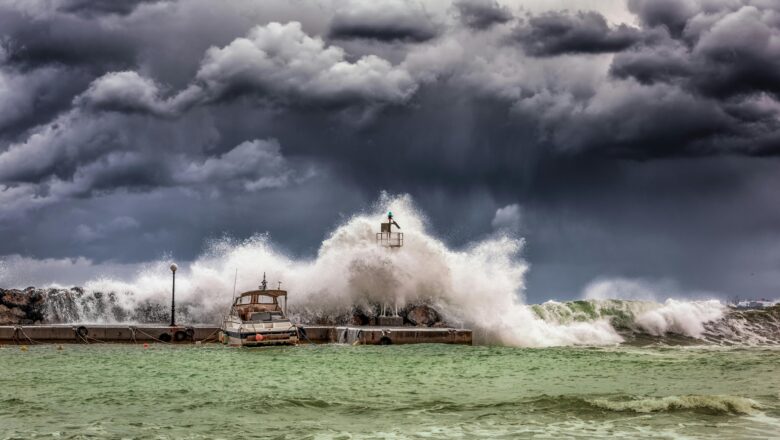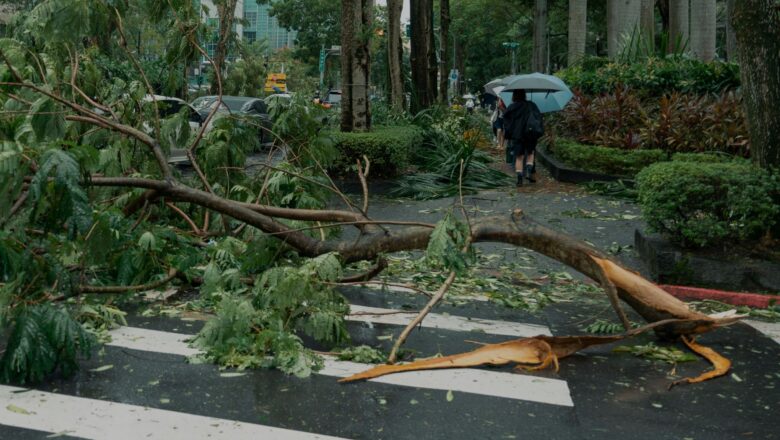
Monsoon Extremes Put Marine Life At Risk in Bay of Bengal: Warns Study
A groundbreaking study has revealed that both extremely strong and weak monsoons have historically led to a 50% decline in food availability for marine life in the Bay of Bengal. Researchers warn that with climate change likely to worsen monsoon variability, marine productivity and millions of livelihoods are at serious risk.
Monsoons: A Double-Edged Sword for Marine Ecosystems
In the dynamic environment of the Bay of Bengal, monsoons play a central role in ocean health. But this new research, conducted by teams from the University of Arizona and IIT Gandhinagar and published in Nature Geoscience, finds that monsoon extremes are harmful, regardless of whether rainfall is too much or too little.
The culprit is disrupted ocean mixing, the vertical movement of water that brings nutri...









